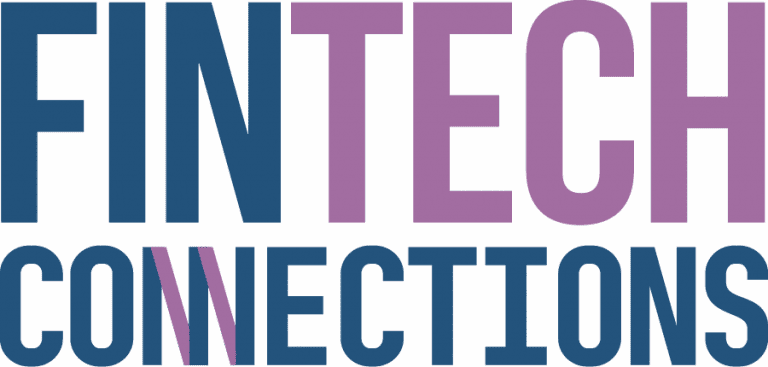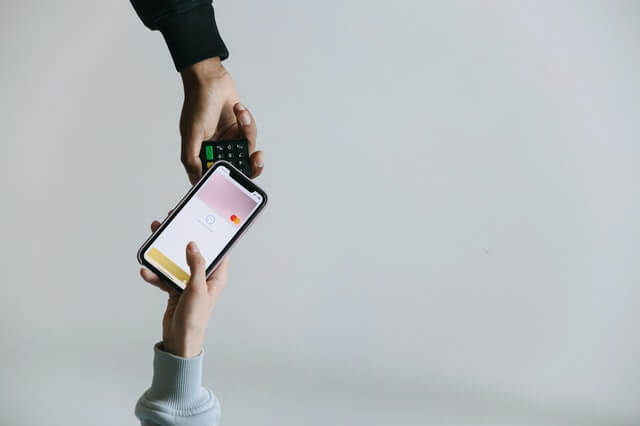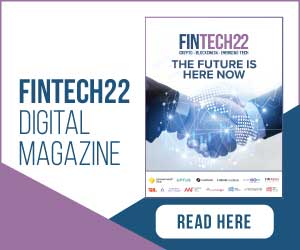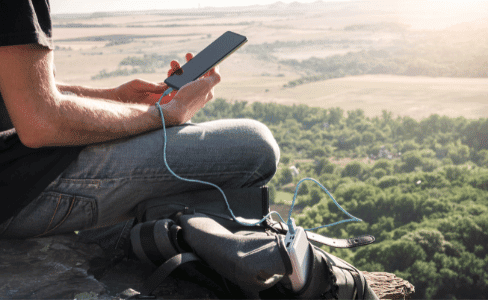How long has it been since you’ve paid with cash? For many Australians, the answer could be months – even years.
Paying with actual physical notes pulled from a wallet or purse is increasingly falling out of fashion. In 2007, cash accounted for 69 per cent of total retail payments; by 2019, this figure had fallen to 27 per cent. The pandemic saw it dip even lower still to 23 percent, according to the RBA’s 2020 Online Banknotes Survey.
Use of credit and debit cards and, more recently, mobile and digital payment solutions like Apple Pay and Google Wallet has grown rapidly, particularly among younger consumers. The COVID crisis turbo-charged this trend, as shoppers were encouraged to – and did – switch to contactless payments methods for even the smallest of purchases.
On top of this, millions of Australians are also turning to alternative forms of digital payment, such as buy now pay later (BNPL) services, to cover more substantial purchases. NAB’s June 21 Consumer Insight Report: Buy Now Pay Later revealed Australian consumers currently hold an average of 1.8 BNPL accounts each.
So does this digital payment trend herald a completely cashless Australia? And if so, what would it mean for businesses if this were to happen?

Older Australians hold the key
Older Australians will determine whether, and if so how quickly, Australia does away with cash transactions, according to behavioural economist Dean Pearson, Head of Industry Analysis at NAB.
“Our pre-COVID research showed the main reason older people carried cash was for smaller purchases,” Pearson says. “Even back then, it was really clear younger people were much happier to use their cards, for most purchases including something inexpensive like a coffee. Since then, we’ve seen the general attitude shift from ‘I’ll use my card or non-cash for a larger purchase’ to ‘I’m really quite comfortable tapping my card for a really small transaction’.”
But will more mature consumers ever be persuaded to give up their habit of carrying a few notes or a pocketful of coins? In Pearson’s view, it’s possible but not guaranteed.
“If you’d said, prior to COVID, that a lot of older people would be buying groceries online regularly, people would have said ‘That’s never going to happen’,” he notes.
“With the pandemic, we’ve had an extraordinary situation whereby lasting changes have been effected at lightning speed. You don’t appreciate the fact that you can do without having any cash in your wallet until you’re in that situation and you manage okay.”

Better for businesses
Digital hold-outs may soon have to overcome their reluctance to tap or swipe, according to NAB Cashflow Solutions Executive Mark Raymer.
He believes the majority of Australian businesses will go cashless within five years, with small businesses likely to lead the way.
“It’s harder for big businesses to do it than it is for the little guys,” Raymer says. “I believe it’ll be similar to when Tap and Go was rolled out a few years back – it started out piecemeal with smaller players then gained momentum rapidly when major fast food chains and supermarkets got on board.”
Meanwhile, new payment options, including account-to-account payments and bill splitting features within banking apps, promises to make transacting electronically even easier and more attractive for consumers.
The upside for businesses when they do so is potentially significant, Raymer points out.
Fewer cash payments mean speedier service during busy periods, less time spent counting and banking notes and coins, reduced security concerns and greater efficiency in the back office. Linking your bank feed to your accounting system can also make it easier to balance the books and get an accurate, up-to-date view of the business’s financial position, he says.
“Research has shown that the cost of handling cash can be as high as two per cent of the transaction value,” Raymer says. “For businesses, the benefits of a cashless model can far outweigh any potential costs or downside risks.”

For the foreseeable future though, prudent business owners will continue to offer customers a choice of how to pay. ‘Cash only’ operations, an increasingly uncommon sight in 2021, risk losing custom from consumers whose phones or smart watches have become their wallets, while fully cashless businesses may deter and even disenfranchise sections of the population.
This is precisely what occurred in Sweden – already a poster child for a cashless economy – after the pandemic struck and financial institutions and businesses raced to embrace a near total cashless model en masse. Communities with limited access to digital technologies or a reluctance to give up cash entirely, in particular the elderly, the disabled and those on low incomes, in rural areas or experiencing domestic violence, were hard hit by the switch.
Such was the backlash that, at the start of 2021, the Swedish Government was forced to introduce legislation requiring banks to provide a minimal level of cash services, including access to ATMs – something that had become increasingly rare outside the country’s major cities.
It’s a salutary reminder for other nations, Australia included, that going too far, too fast can have unintended and unwelcome consequences.
“Customers have an expectation they’ll be able to transact with you in multiple ways,” Pearson says. “So, for the time being, it makes sense to have the infrastructure in place to enable you to take both cash and cashless payments.”
















